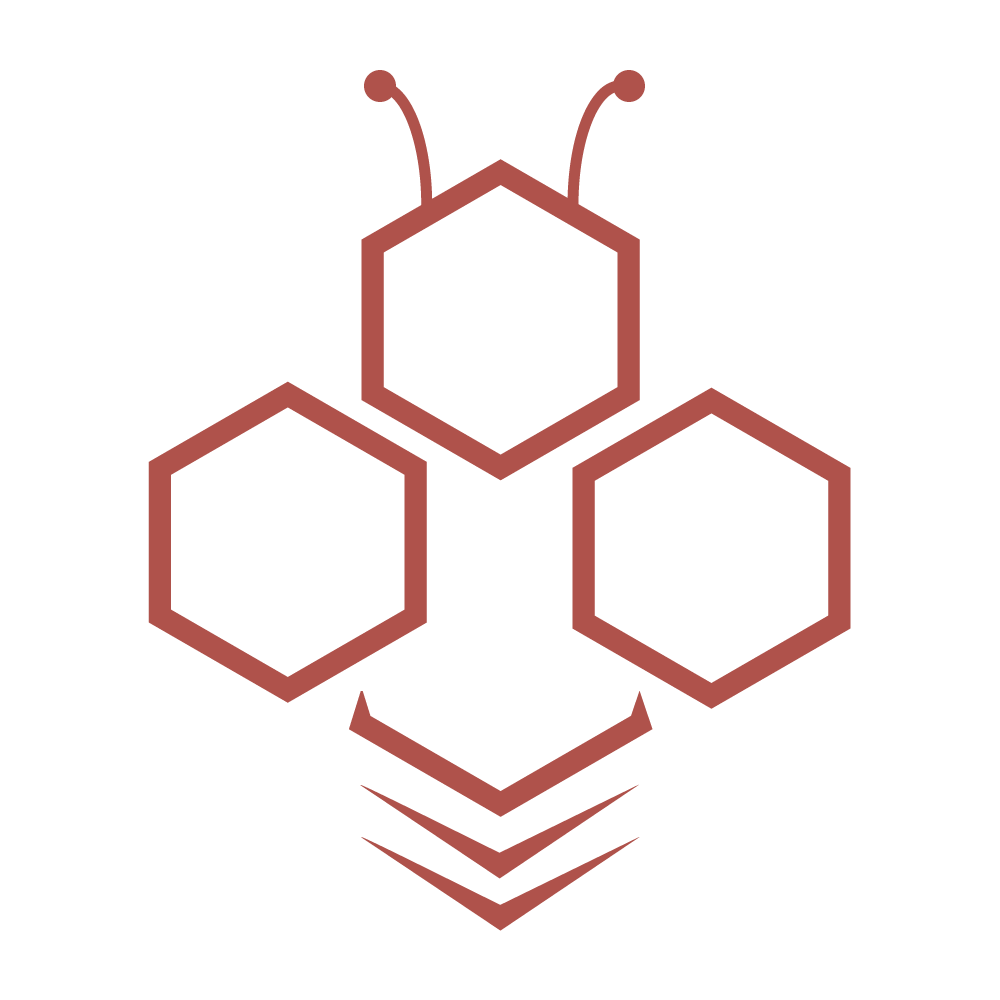Basic Beehive Inspection
Temp should be 62 degrees or more.
Some breeds of bees are very easy to work and may not need as much smoke. The best rule is always use smoke.
Try to do your work around 10 to 11am when a large part of the population is out Foraging.
Have a container with you to put burr comb you may scrape from the top bars into. Do not leave comb of any kind on the ground or yard to attract hive beetles or other pests.
Gently open the hive. Flip the lid over and place it on the ground upside down on the ground you then have a place to set the winter super so you can enter the hive body.
Always move slowly and do not bump the hive or frames excessively.
Start with the most outer frame first removing it first to make room to slide the next frames over for easy extraction. If you have a frame hanger use it, but never lay a frame down. You can prop it up against the hive not setting it on the ground.
This frame may have the queen on it and you do not want to have her crawl off into the grass. Or have ants to crawl onto the frame.
Check the second frame you remove and place it next to the outer wall of the box leaving room to extract the next frame for inspection and so on.
The best situation but not always the rule is that you would have 2 frames on each side of the hive with honey. The brood frames should have honey in a rainbow pattern along the top edges of the frame.
When you open the hive and the cluster is congregated to one side you should move them to the middle of the hive body keeping the brood together. Bees do not populate the hive as quickly from one side to the other side but will do better from the middle and expand in both directions. Giving them more freedom to expand and they are not as productive staying in a cluster on one side. Never separate brood, always have at least 2 frames together then an empty frame. If you have 4 frames of brood you may separate the pairs with an empty frame to give the queen more room to lay eggs.
Check for brood, eggs and larvae as you continue through the hive body. You may also find brood in the winter super.
Do not be alarmed if you find large clusters of drone brood in the early spring. Bees will do this just for emergency reasons that they may have to make a new queen to supersede or swarm.
If you find any queen cells normally in the middle of the frame it may be a superseding queen. If it is on the lower part of the frame it may be a swarm cell. This may not be the case at all times. If the hive is crowded it most likely is a swarm cell.
You have two choices:
Cut the cells out and recheck the hive every 10 days to make sure they do not do it again.
You can remove the existing queen with two frames of bees and brood and a frame of eggs, larvae and brood with bees. Put them in a new hive and take them at least 3 miles away. Leave the best looking cell to hatch cutting out any others to become the mother hives queen. Insert 3 frames of foundation into the mother hive to replace the ones you removed. You will have to feed the new hive 1 to 1 sugar water to help them get started and draw any foundation out and store some for feeding the brood.
Always place the frames back into the hive in the same order and orientation as you removed them.
By removing 3 frames of bees and brood it will slow down the hive and decrease the likelihood of swarming.
If you have a very strong hive and you want to keep them from swarming split them in the same manner except you will add a new queen to the split.
If you do not want to split them at that time and want to slow them down add another brood box of foundation so they can expand. Give them a feeder full of 1 to 1 sugar water to use for drawing out comb. Do not feed too much as they will store it and you may not be able to gather honey without getting sugar water mixed in.

